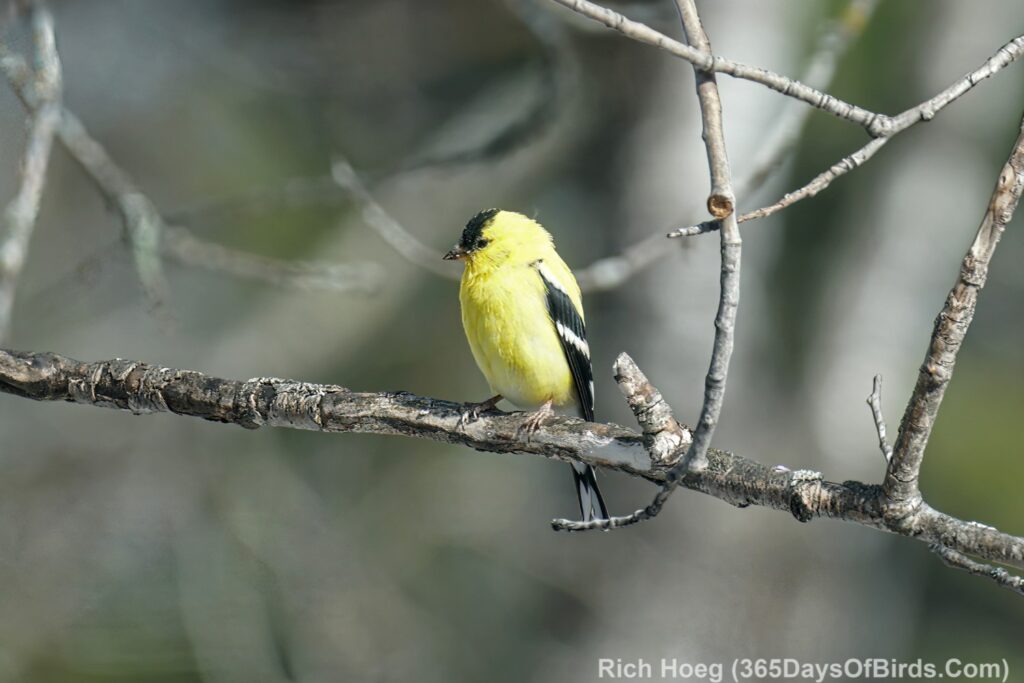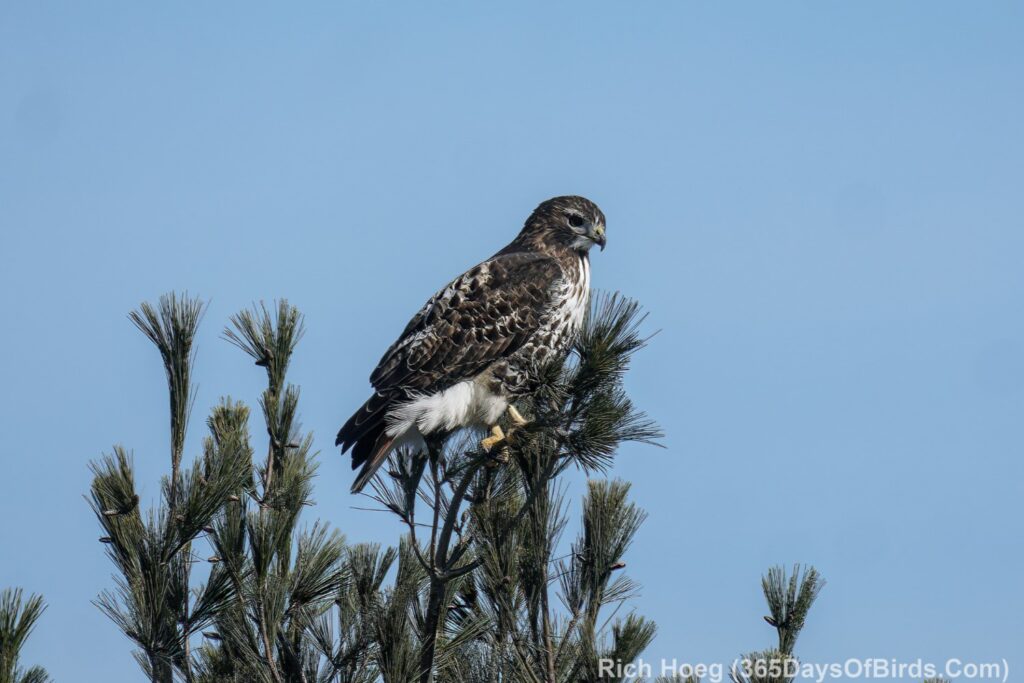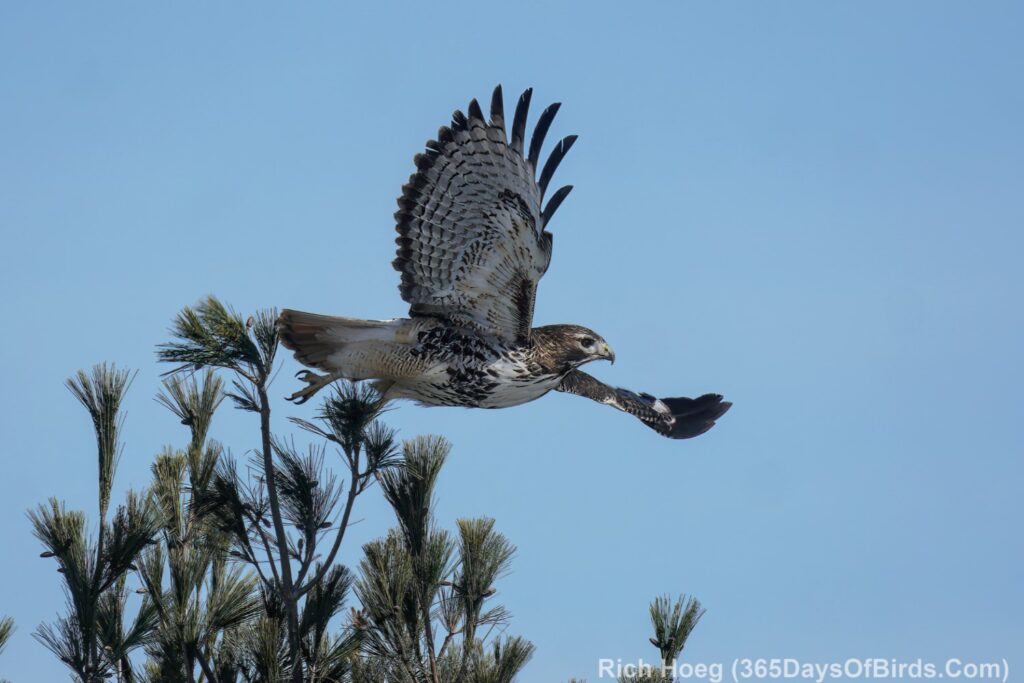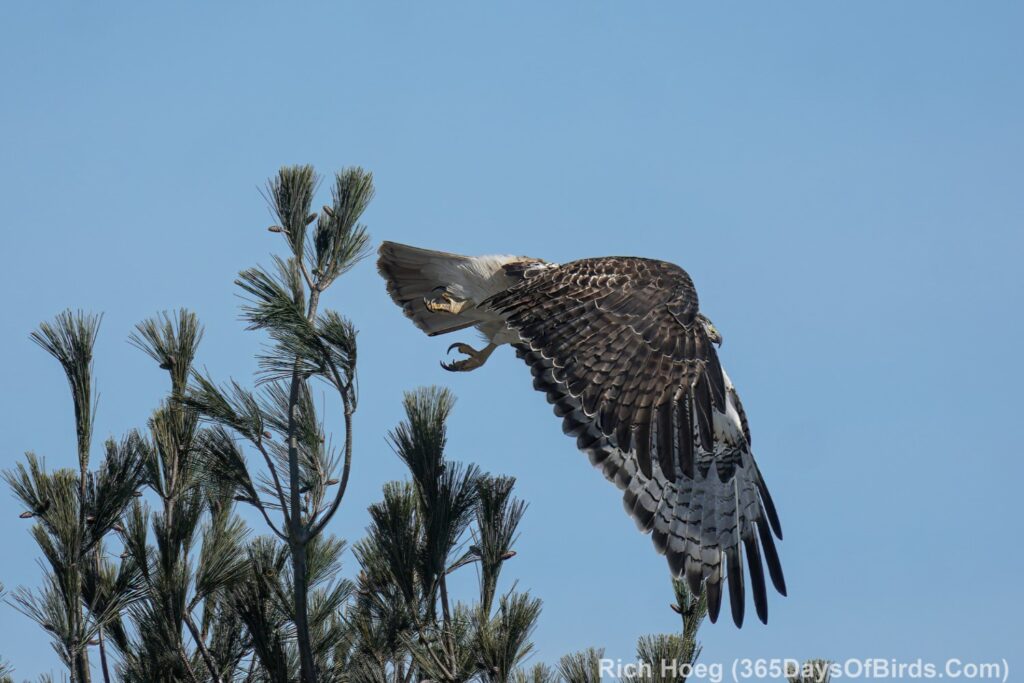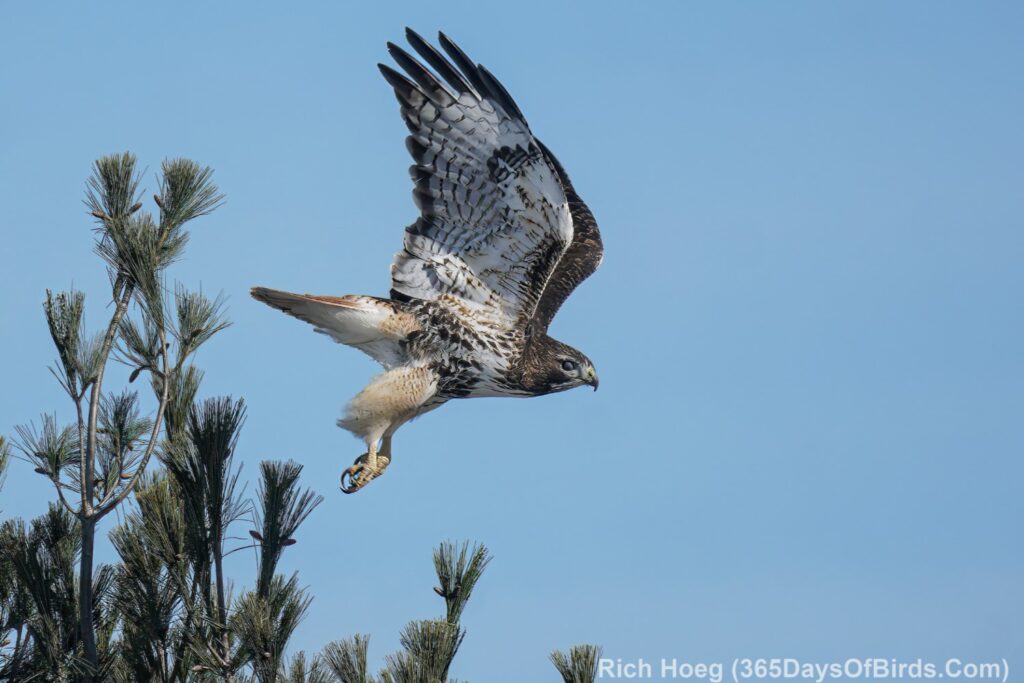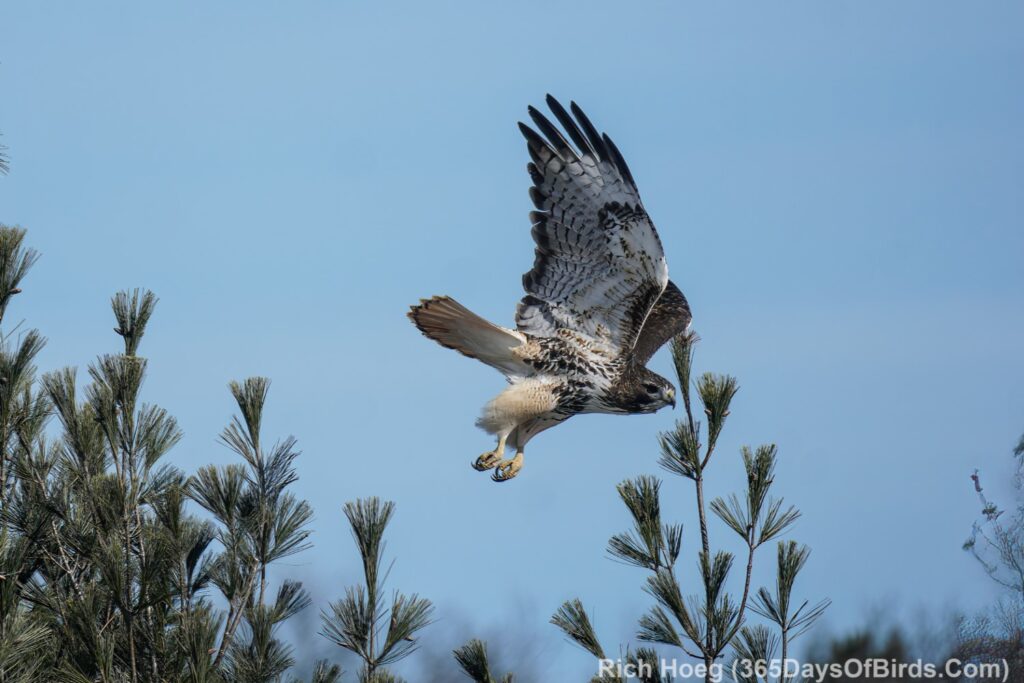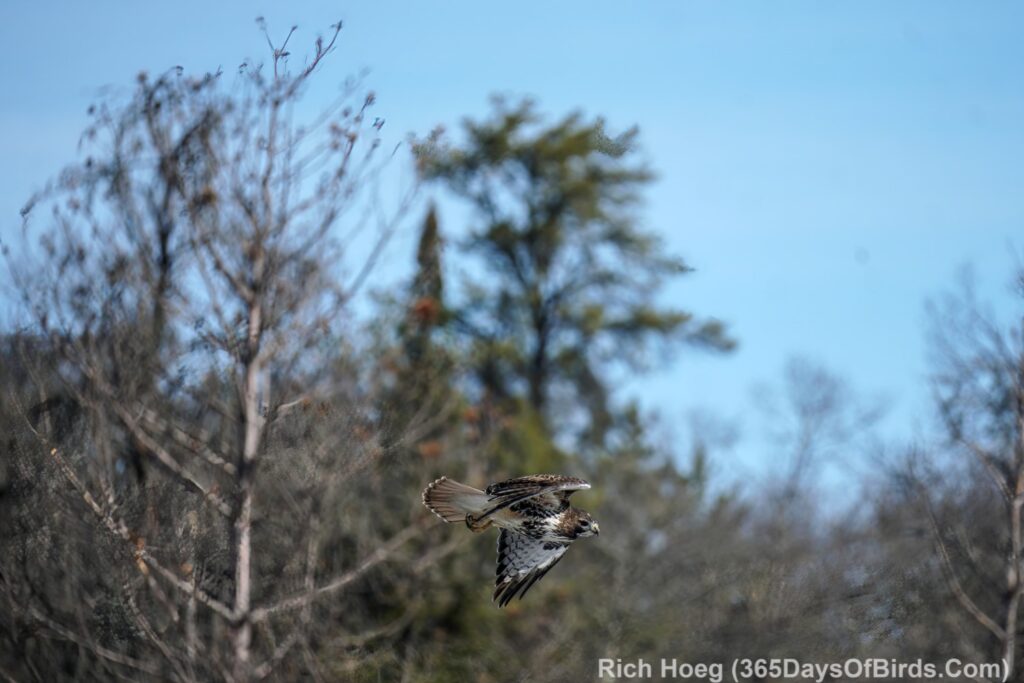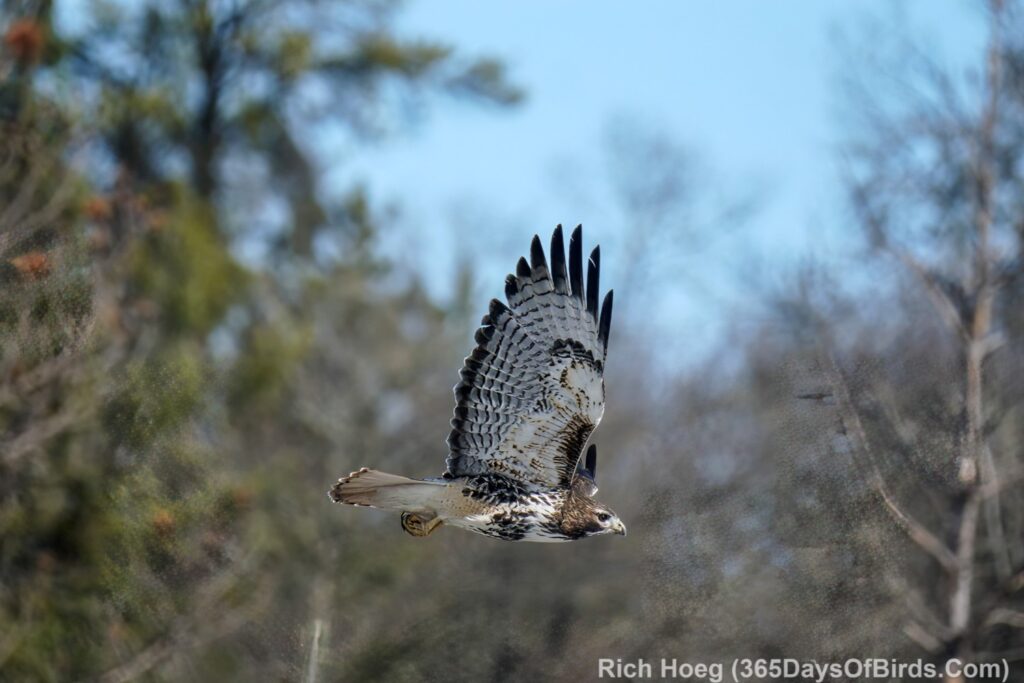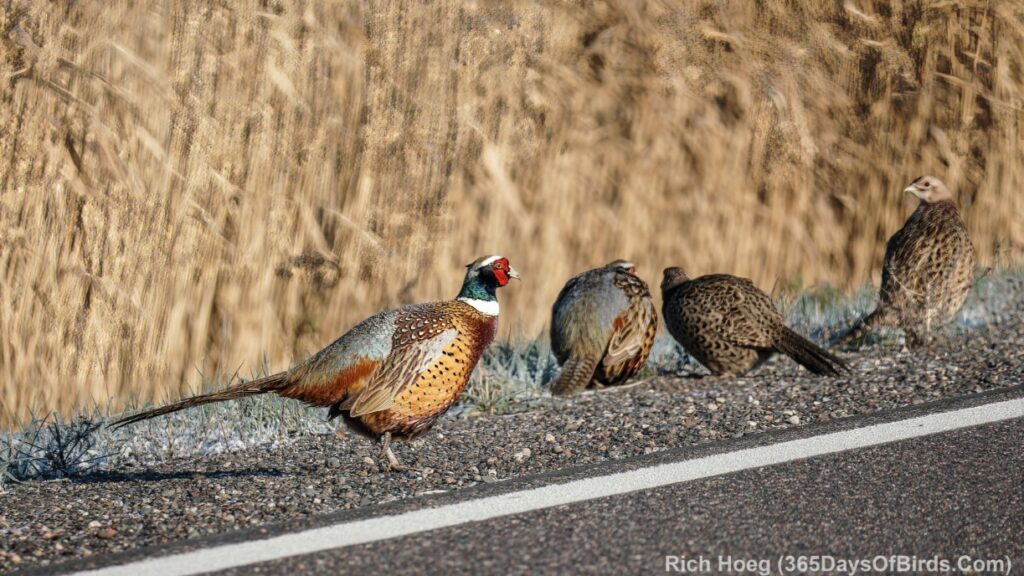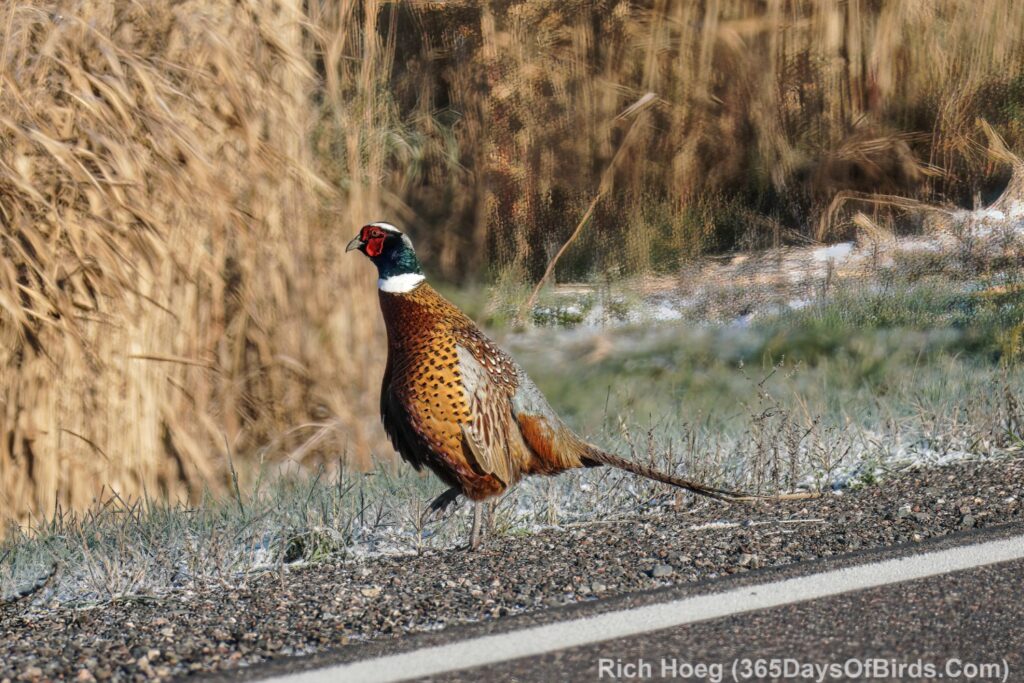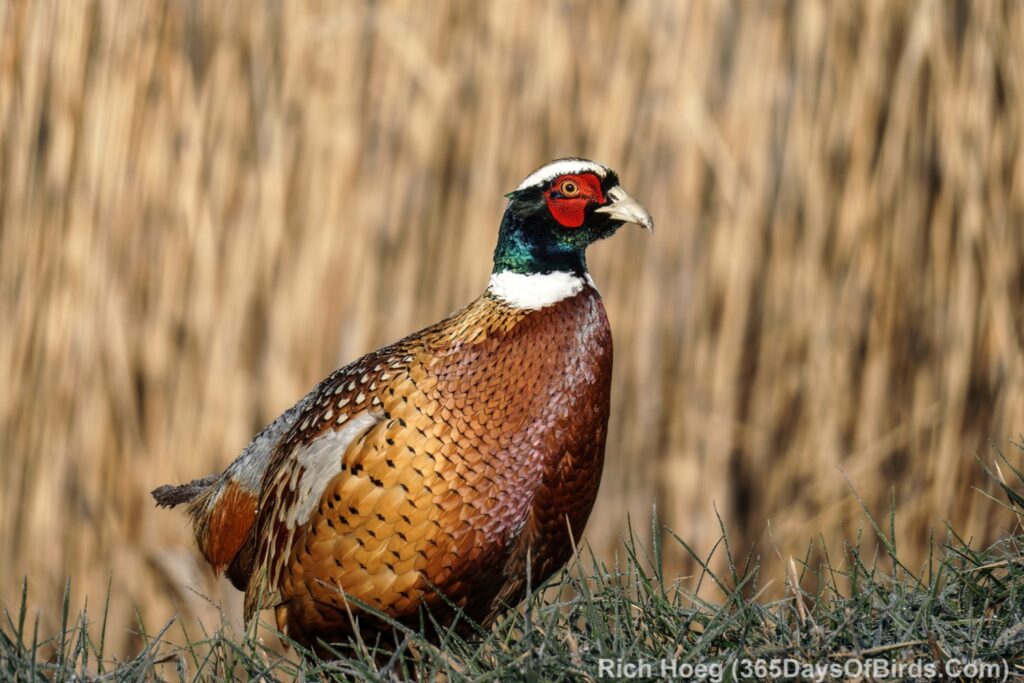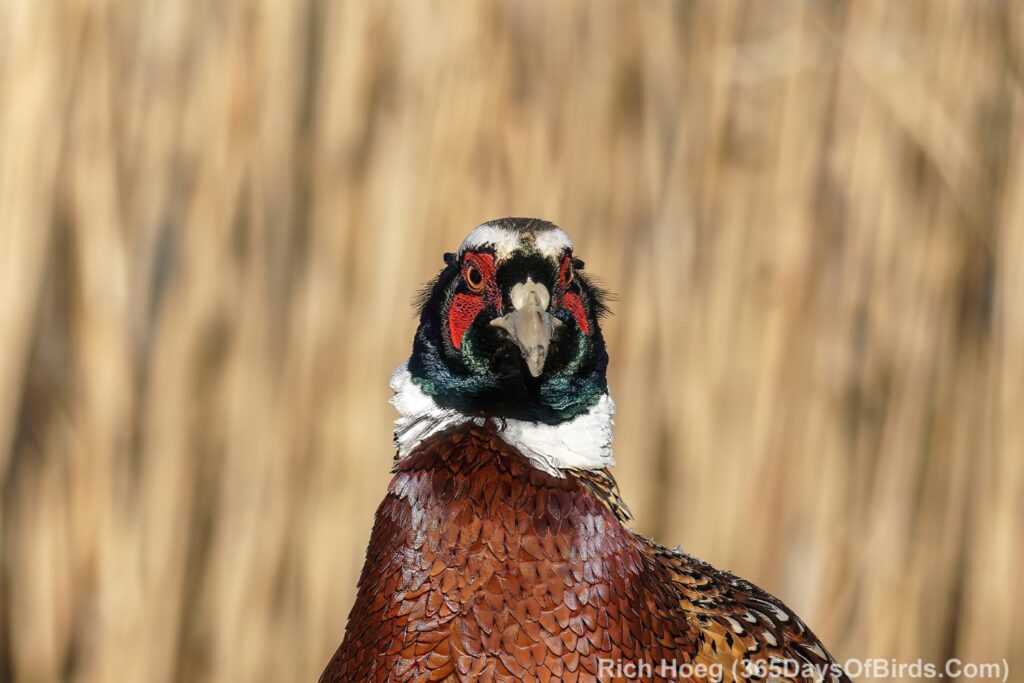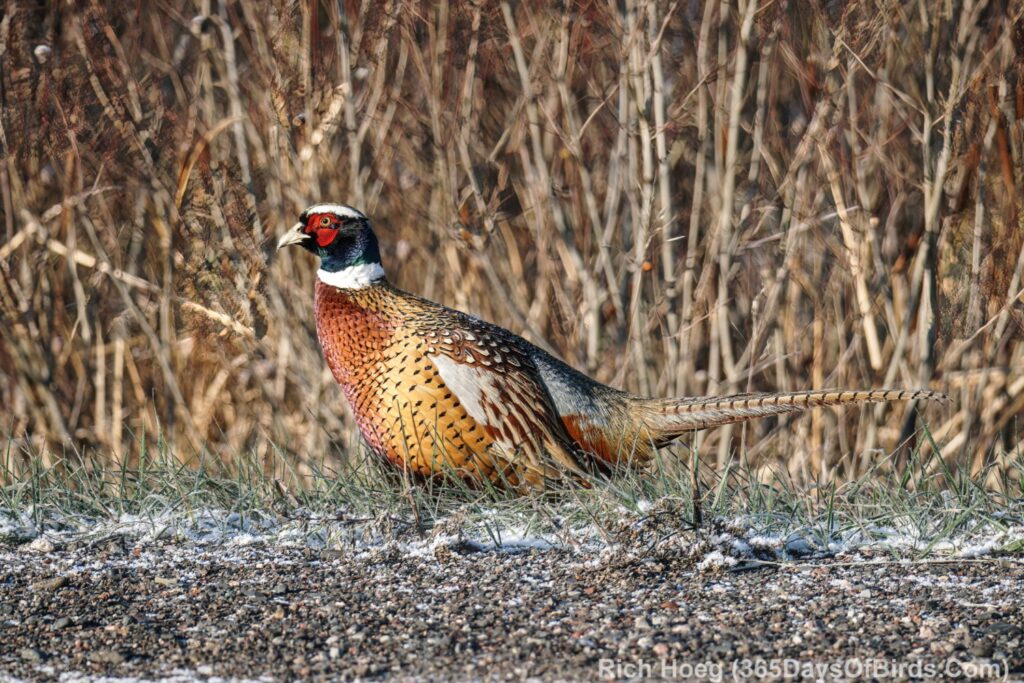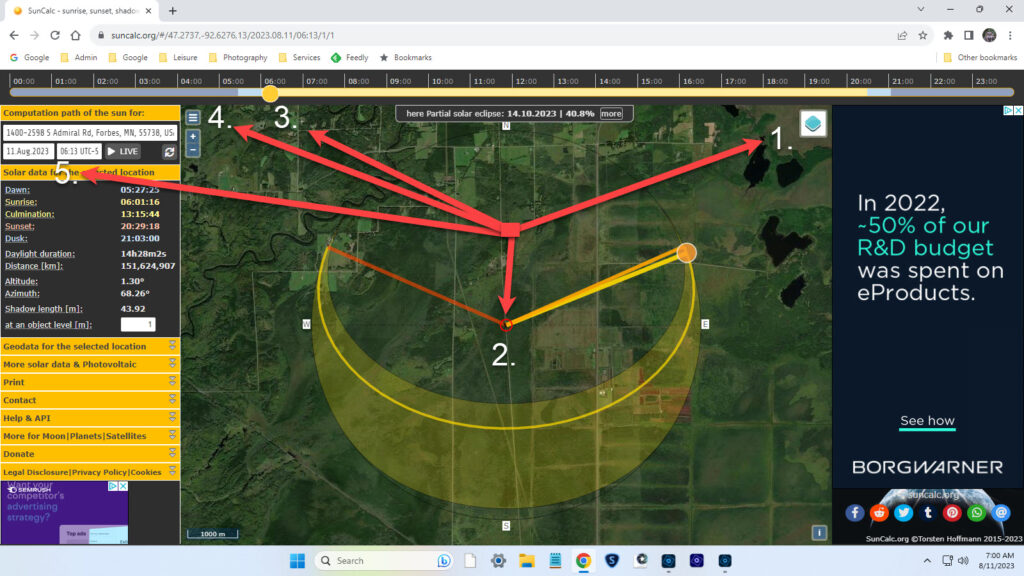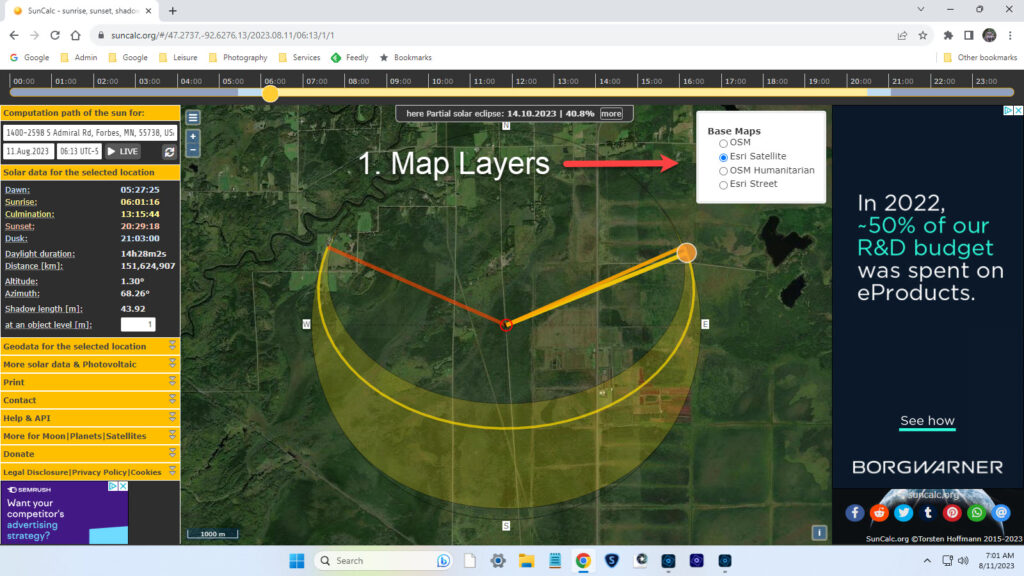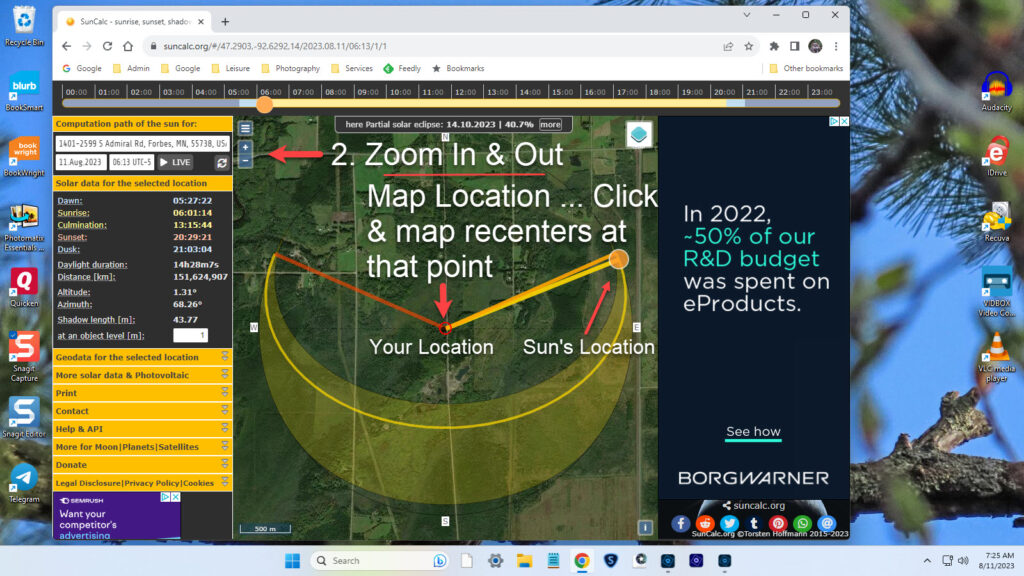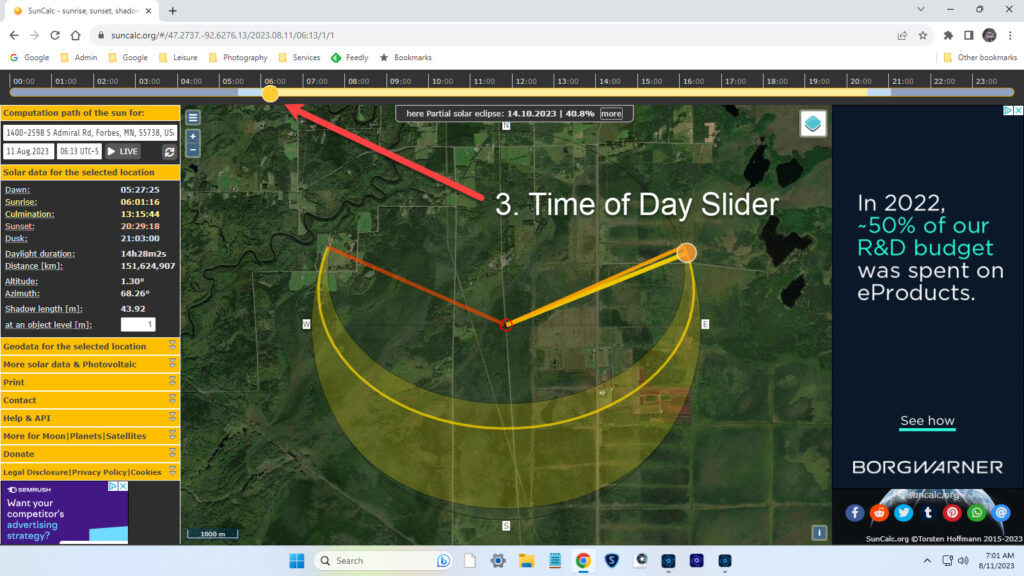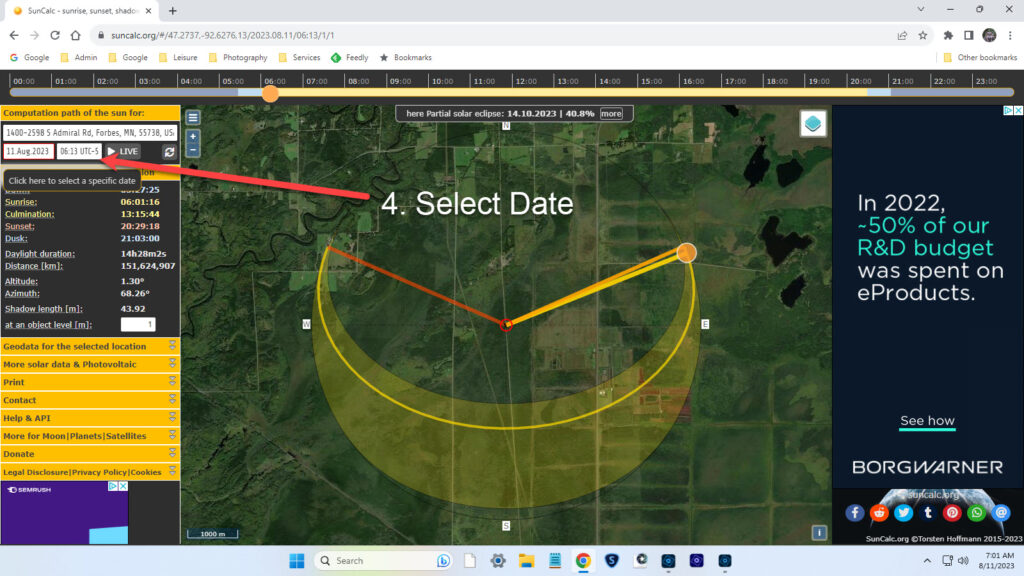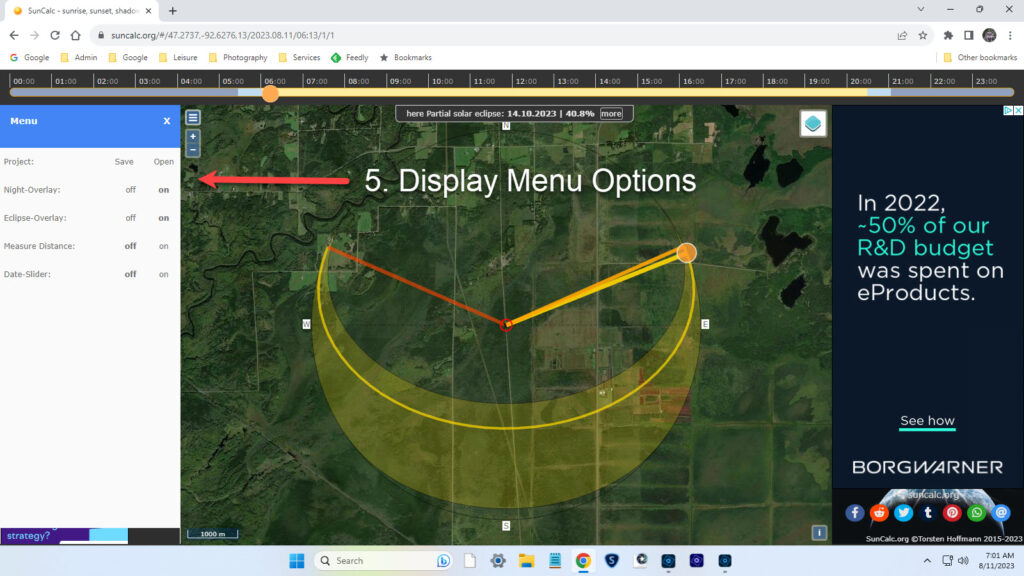During the long cold winter months, we hearty Northlanders often wonder if the birds of spring will every return. This past weekend provided just a hint, and the next few days should give us a HUGE push of our feathered friends into Northwestern Wisconsin and the Northeastern Minnesota.
Over the weekend, the rest of Minnesota and Wisconsin actually had some southerly winds (not up here), but it still helped a few intrepid birds reach our environs. However, over the next few days the winds will be extremely favorable for migrating birds … even near Lake Superior. Better yet, the forest near my home is almost devoid of snow … not just spots out in the open. If you decide to look for birds remember these few facts:
- Forecast southerly winds often run smack dab into Lake Superior. Many times there are winds out of the NE in the spring and early summer when the US Weather Service assures us to expect otherwise. My point is I normally do not bird the shores of Lake Superior (or just inland) at this time of year. Instead I prefer non Boreal forest habitat which warms earlier and quicker in the spring … think farmland with scattered forest interspersed habitat. I particularly like regions where southerly winds do NOT blow across Lake Superior. Thus, I tend to avoid the forests inland from the North Shore.
- Remember your migration highways and if possible bird near those migration paths. The Mississippi River Flyway is only 60 miles west of Duluth, and birds will also come up through Wisconsin along north / south rivers … ultimately figuring out how to either migrate along or avoid Lake Superior.
- Most songbirds do their major migrations at night, but will still move in a northerly direction during the day. Unlike the fall migration, birds do not tend to linger long in one location. They are in a hurry to return to breeding territory.
Here were some of my own cool finds over the weekend …
The South Bog Region of NE Minnesota (farmland and forest south of Meadowlands)
Northern Shrike Returning to its Canadian Homeland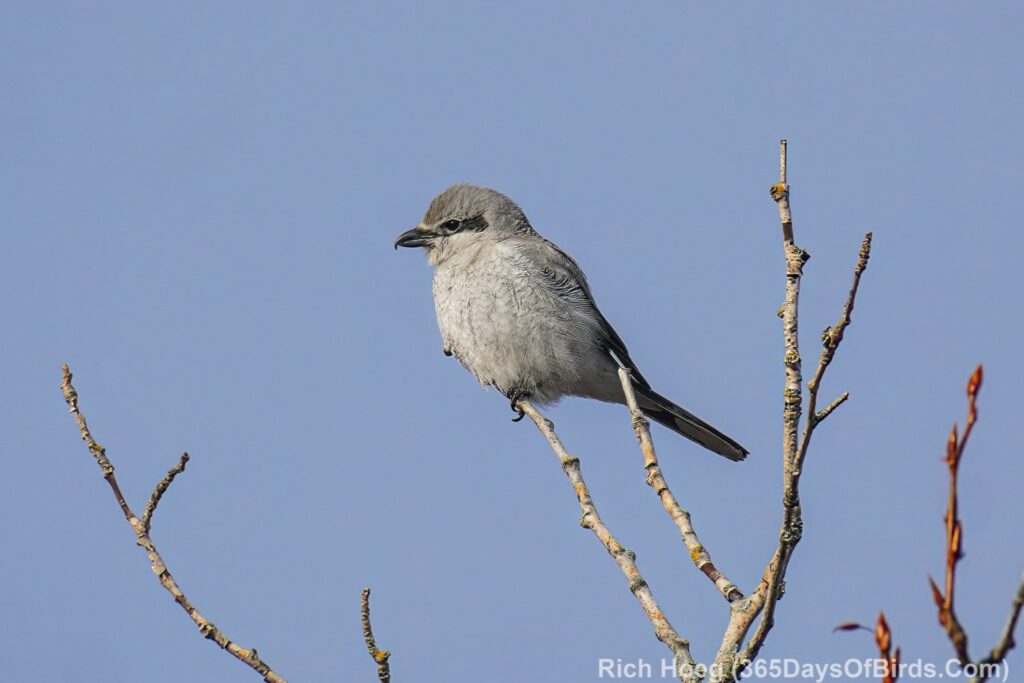
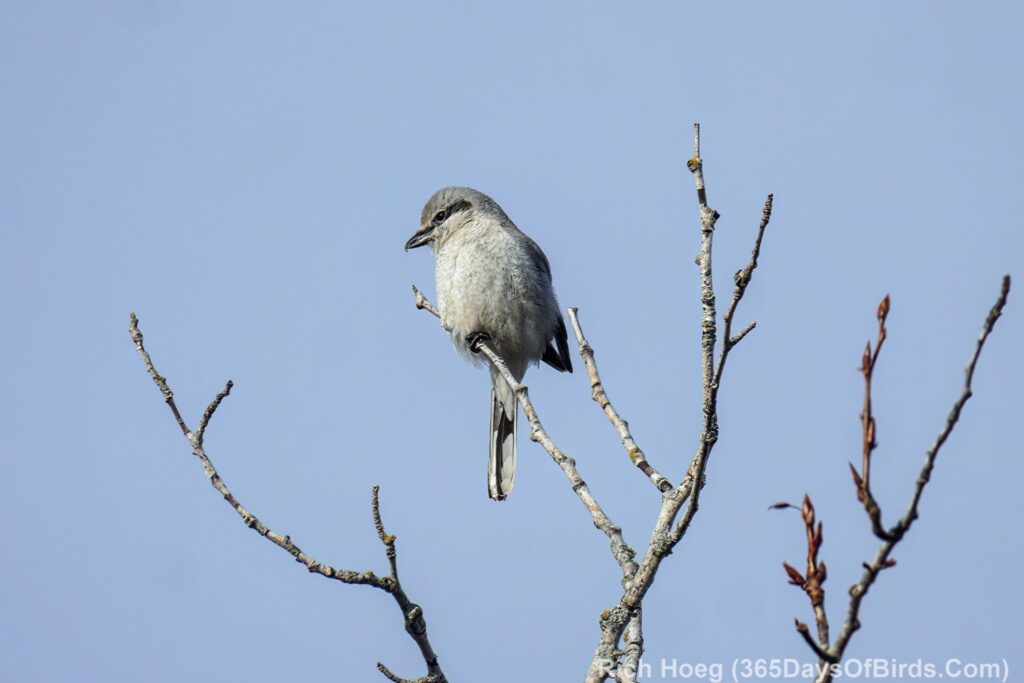
The Movie (video link for email subscribers)
Northern Harrier Looking for a Friendly Boreal Bog (and a friendly callout to Lorraine and her Northern Harrier!)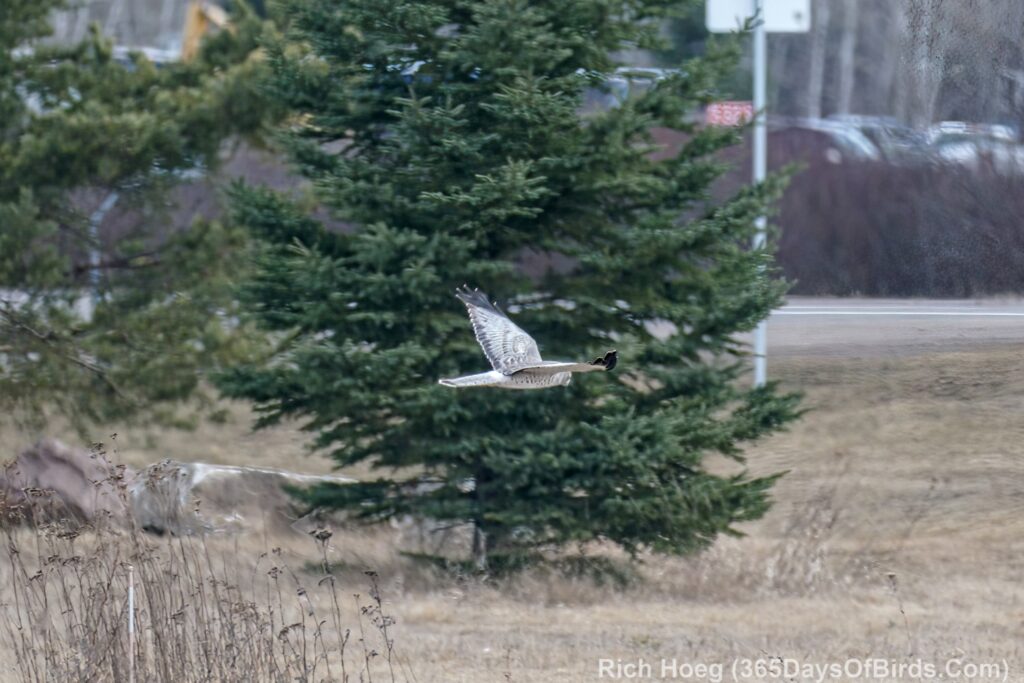
Sandhill Cranes … I think this pair has returned to their favorite Northland Farm
Apparently cows are also into bird watching!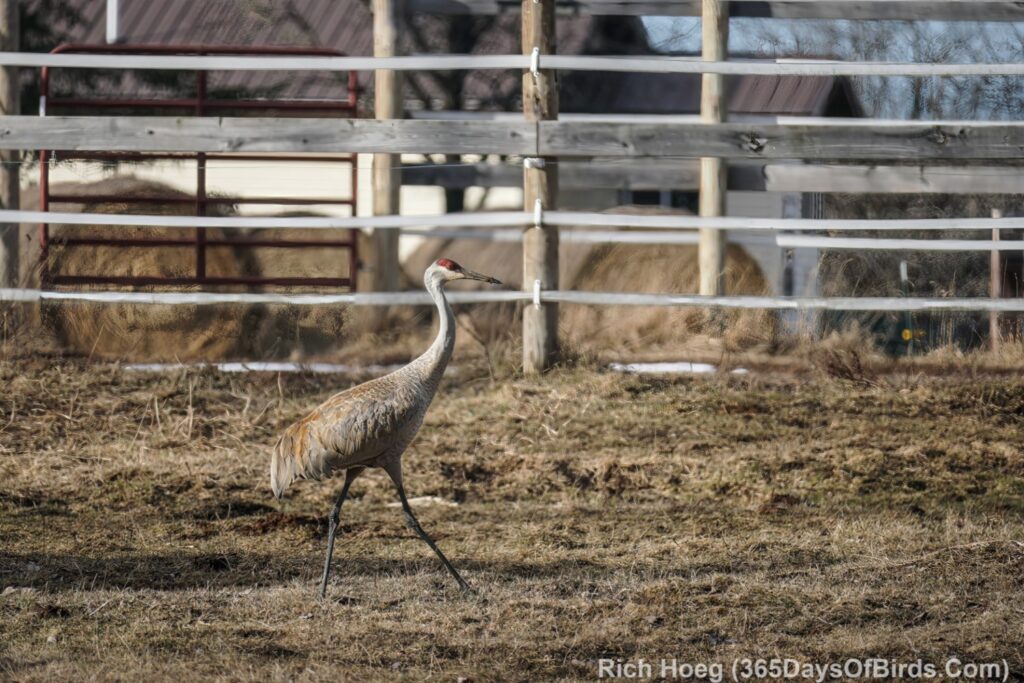
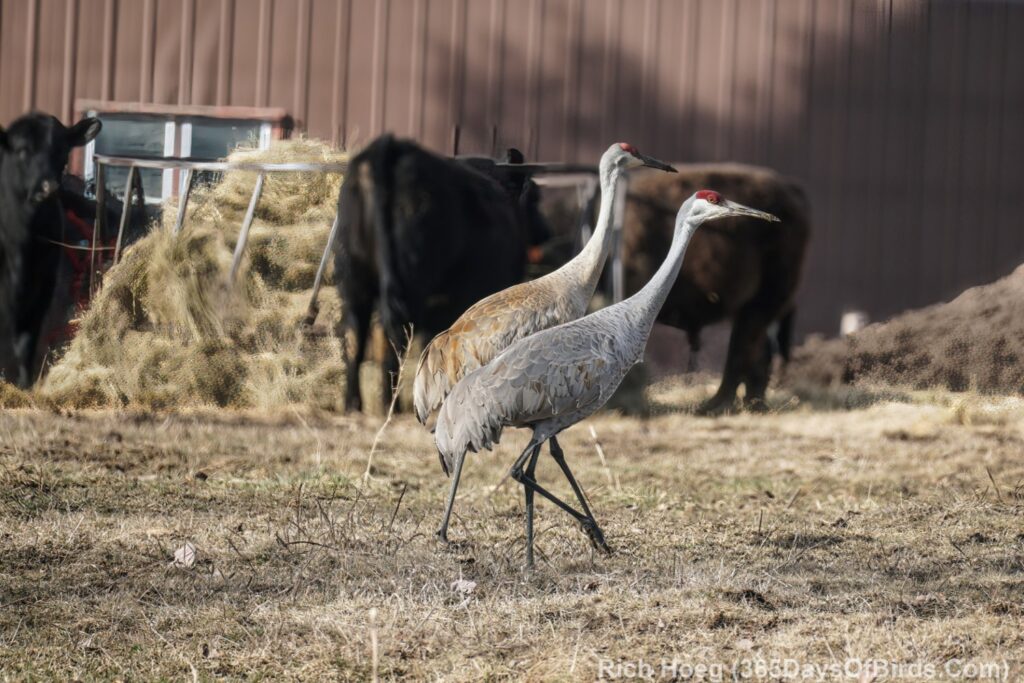
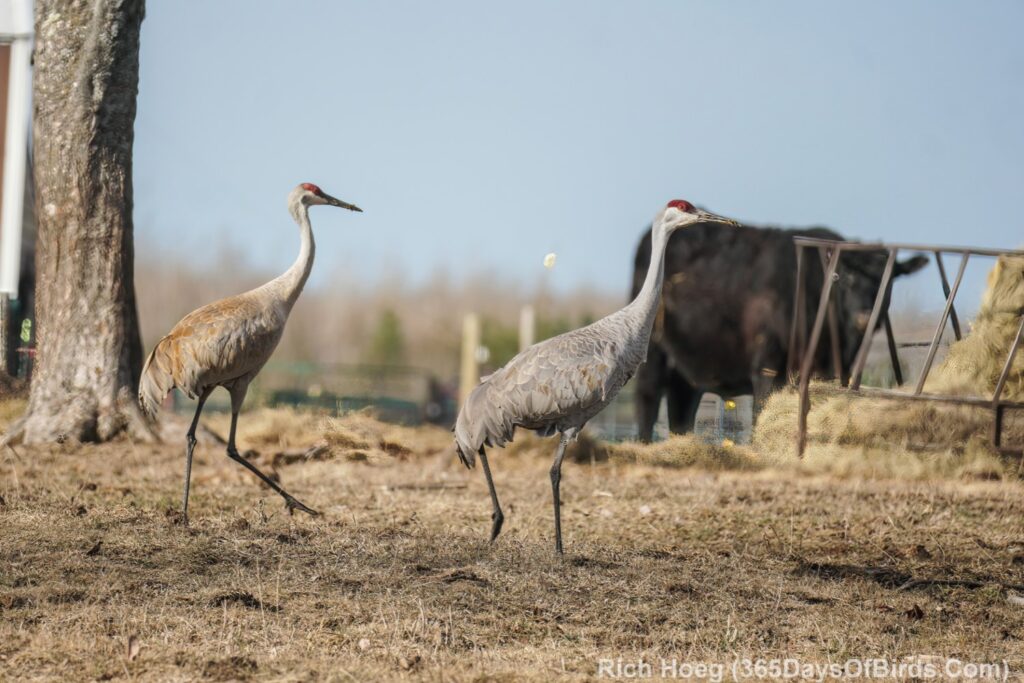
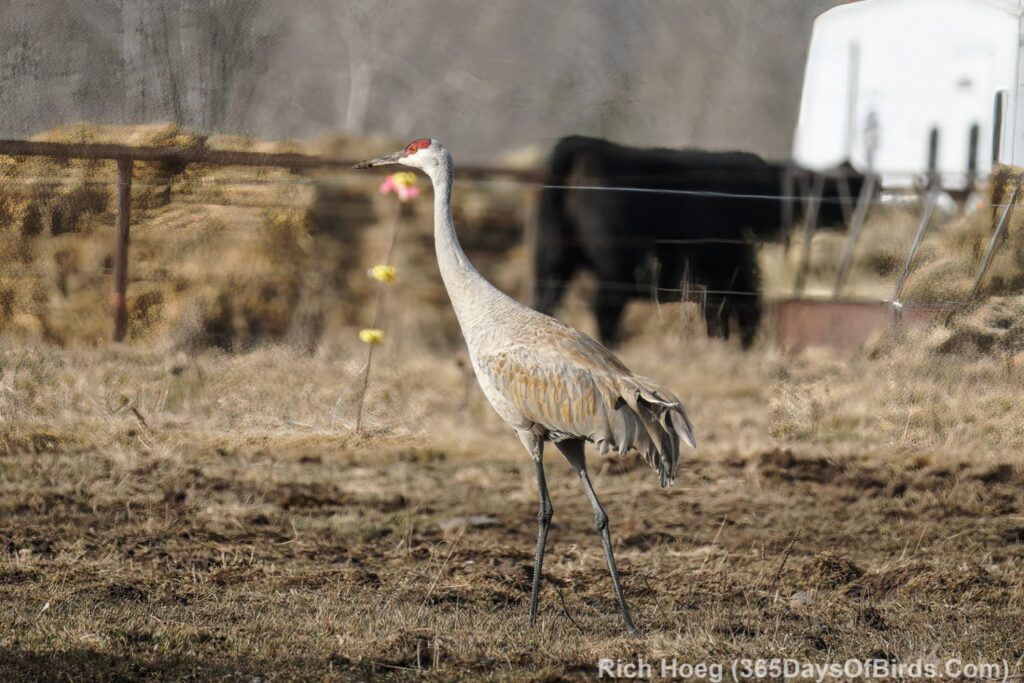
NW Wisconsin (Wisconsin 35 farmland near Cloverland)
And some local color … Goldfinches stay with me all winter, but they a becoming golden once more.